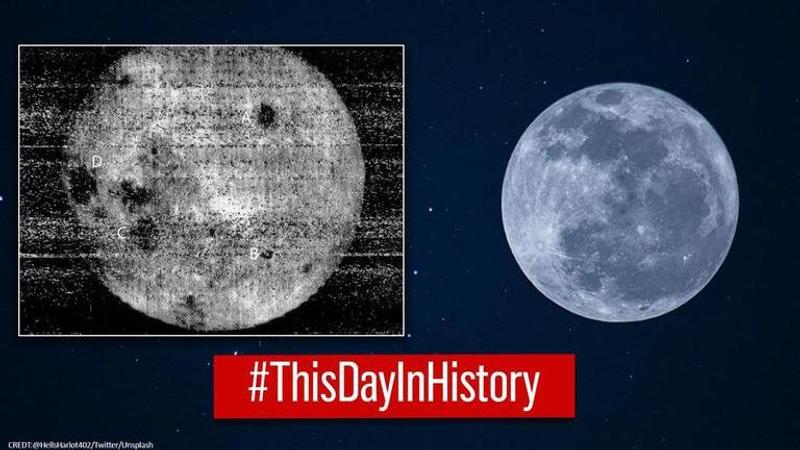Published 15:10 IST, October 7th 2020
Moon's far side was captured for the first time by spacecraft Luna 3 on this day in 1959
Soviet spacecraft Luna 3 for the first time took nearly 29 photographs of the far side of the Moon on this day, i.e., October 7, in 1959.

Soviet spacecraft Luna 3 took the first-ever photographs of the far side of the Moon on this day, i.e., October 7, in 1959. The radio-controlled Luna 3 was a highly successful lunar program, which completed 20 mission to the Moon between January 1959 and October 1970. The space probe took nearly 29 photos by specially designed AFA-E1 camera and it even immediately transmitted back to Earth.
Luna 3’s mission objective was to provide the first photographs from the Moon’s far side. In a bid to achieve its goal, the space probe was equipped with a dual-lens 35mm camera, one a 200mm, f/5.6 aperture, the other 500mm, f/9.5. The photo sequencing was automatically triggered when the spacecraft’s photocell detected the sunlit far side, which occurred when the craft was passing about 40,000 miles above the lunar surface.
Over a 40-minute period, Luna 3 covered roughly 70 per cent of the Moon’s far side. The pictures were then developed, fixed and dried by the probe’s onboard film processing unit. Back then it was noted that the low-resolution images clicked by the probe had to be boosted by computer enhancement on Earth, however, they were still good enough to produce a tentative map of the far side, which later was no longer dark to human knowledge.
(Image: lpi.usra.edu)
Landscape of far side of the Moon
The images revealed that the landscape of the Moon was quite different from the near side facing the earth. The surface was far more pock-marked, with chains of craters, hundreds of kilometres wide and without the Maris (plains) so common on the near side. Among other identifiable features, there were to seas as well, named Mare Moscovrae (Sea of Moscow) and Mare Desiderii (Sea of Dreams), and mountain ranges that differed starkly from those on the side of the Moon facing Earth.
Luna 3 was the first successful three-axis stabilised spacecraft. During most of the mission, the space probe was spin stabilised, but for the photography of the Moon, the spacecraft oriented one axis toward the sun and then a photocell was used to detect the Moon and orient the cameras towards it. Detection of the Moon signalled the camera cover to open and the photography sequence to start automatically.
All contact with the probe was, however, lost on October 22 1959. The spacecraft was believed to have burned up in the Earth’s atmospheres in march of April 1960. Another possibility was that it might have survived in orbit as last as 1962.
(Image: Space Collective/Twitter)
Updated 15:09 IST, October 7th 2020





